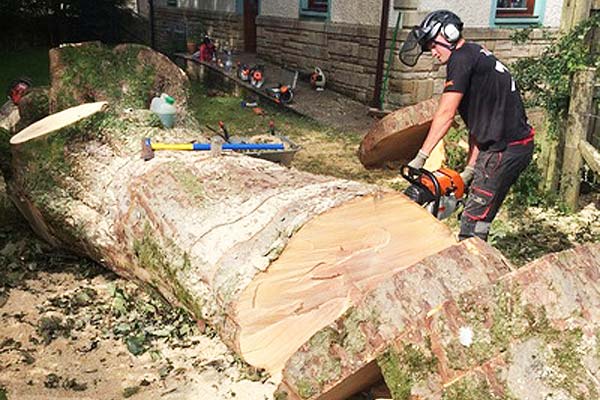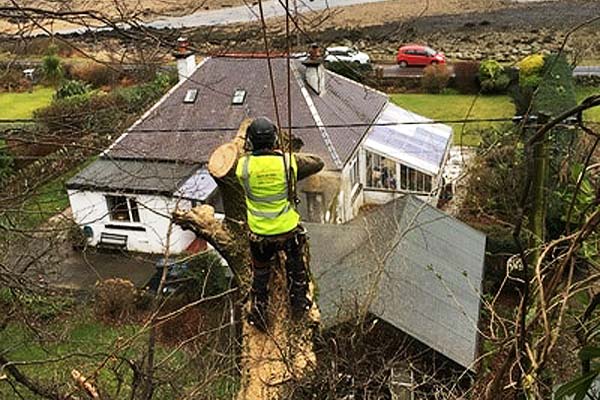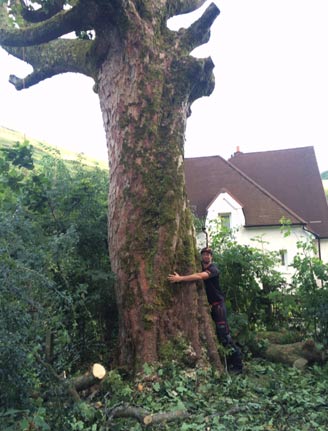Arborist Terminology
Meaning to some of the words we use are listed Below:
Crown Reduction
The removal of growth from every branch within the tree canopy to form a smaller more natural shape for the tree. Reductions are carried out in the form of percentages based upon 100% being the entire canopy. For example, to perform a 25% crown reduction would be to make the canopy of the tree smaller by a quarter, 50% crown reduction to reduce the size of the tree's canopy bu a half and so on. The reduction of the length of branches in either a vertical or horizontal direction. Branches should be cut back to secondary growth points to leave a natural appearance.
Crown Raise/Lift
Removing selected lower branches of a tree making the canopy of the tree higher. This would usually be performed to allow low level light penetration. For example, to crown raise a tree to 3.5m would mean removing all the lower branches below this height so that the canopy begins at 3.5m.
Crown Thinning
A reduction in the density of the branch system. This involves the removal of secondary branches evenly throughout the tree's canopy.
Crown Lifting
The removal of low branches to a pre-specified height above the ground.
Deadwooding
The removal of major dead/dying and diseased branches.
Coppice
Coppicing is a form of husbandry used mainly in woodland management. It involves the removal of a tree to ground level enabling it to produce new growth from the stump. Certain species of tree react better to coppicing than others such as hazel, willow, ash.
Deciduous
The deciduous tree is type of tree that sheds all its leaves during the autumn in preparation for winter and will have none left over the winter season and regrow its leaves when spring arrives, the opposite type is evergreen that never sheds its leaves at all.
Pollard
Pollarding is often carried out on trees in roadside areas, and those on riversides, but this method of tree management can also be adopted in the domestic garden. It is the removal of the entire canopy of a tree, pruning back to its main branches to form a skeletal style structure. The tree then shoots from the pruning points to re-form a canopy. This process is repeated throughout the life of the tree and is often used to make the canopy of large trees smaller and more manageable.
Arboriculture
Is the cultivation, management, and study of individual trees, shrubs, vines, and other perennial woody plants. The science of arboriculture studies how these plants grow and respond to cultural practices and to their environment.
Arborists
A professional Arborist by definition is an individual who is trained in the art and science of planting, caring for, managing and maintaining individual trees.
Conservation Area
Conservation areas are designated by local planning authorities as areas of special architectural or historic interest, the character or appearance of which it is desirable to preserve or enhance. If you intend to carry out work on a tree within a conservation area, then a formal application must be made to the relevant local council. A period of six weeks from the council receiving the application must be left. The council will either grant or refuse permission within this time period.
TPO
TPO stands for Tree Preservation Order and is a part of town and country planning in the United Kingdom. A Tree Preservation Order (TPO) can be placed on any tree to protect. If a tree is covered by a TPO then you cannot conduct any work upon the tree without written consent from the local planning department.

Having a great day in Arrochar slicing up a huge newly felled Sycamore tree with a chainsaw.

We love being on the road and this project took us to the enchanting island of Arran to do some tree work for a lovely client.


